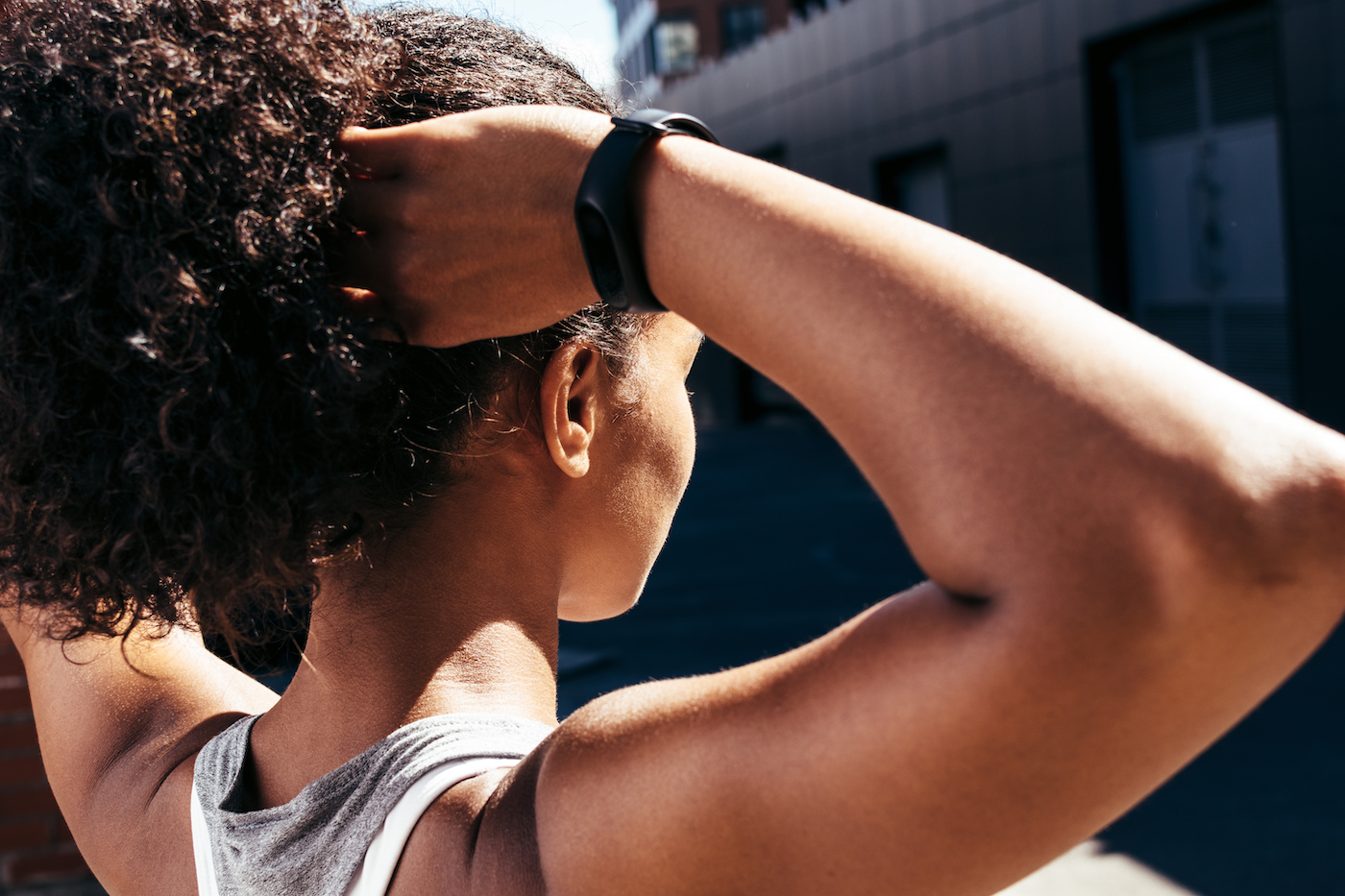
March 02, 2020 at 10:00PM by CWC
If you wear a fitness tracker, you know the rush that comes with with meeting your step count on a given day. On a FitBit, you’re greeted with a “congratulations” and some confetti; on an Apple Watch, you get the satisfaction of closing your move rings. We all know that getting those steps in is important, but according to new research, it’s not for the reasons we’ve always thought. New research indicates that how many steps you get pales in comparison to the fact that those steps break up large periods of sedentary life.
A study out of Brigham Young University that followed 120 college freshman found that the more steps participants took per day, the better their physical activity patterns were. Sedentary time dipped for participants who took 12,500 and 15,000 steps per day, and those who took 15,000 steps reduced their sedentary time by as much as 77 minutes per day. This, the study writes, “may have other emotional and health benefits.”
While the idea that people should be taking 10,000 or more steps per day has been largely disproven—experts say 7,500 is likely enough to reap the health benefits—this research presents an entirely new argument for why you should consider setting your goal to a higher number. The more steps you take, the more likely you are to get regular movement throughout the day, which is important for your overall health.
“Humans are not meant to be sedentary,” says Chris Tomshack, DC, founder and CEO of HealthSource. “You may have heard the expression, ‘sitting is the new smoking,’ and it’s completely true.” Excessive sitting has been linked to an increase in risk for diabetes and heart attacks, high blood pressure, and high cholesterol (and that’s not to mention the back pain). Decreasing sedentary time, on the other hand, has been shown to reduce cardiometabolic and inflammatory biomarkers as well as the risk of anxiety and depression.
ADVERTISEMENT
ADVERTISEMENTKate Spade Autumn/Winter Sale |
“Regular movement throughout the day is every bit as important as full-blown workouts,” says Austin Martinez, MS, CSCS, ATC, director of education for StretchLab. “The goal should be to incorporate consistent movement throughout every day, even if it’s simply walking around or doing a few stretches at your desk,” he says. This sort of “flexible fitness,” in which you’re moving all day long instead of only during your gym session, has long been a pillar of health among the world’s longest living communities, known as the “Blue Zones.” And in the last few years, we’ve taken their lead and begun integrating it into our own routines—in fact, it was one of our 2020 Wellness Trends. Our trackers help us to monitor the cumulative fitness we’re performing over a 24 hours period, and encourage us to get moving—or, more specifically, stepping—at intervals throughout the day to combat all that sitting.
Challenge yourself to hit and even higher step goal than usual. And the next time your tracker buzzes to remind you to take a few extra steps every hour, do yourself a favor and get up to actually do it.
This is the one metric a cardiologist wants you to be paying attention to on your Apple Watch. Plus, why you shouldn’t sub your wearables for an *actual* doctor’s appointment.
Author Zoe Weiner | Well and Good
Selected by CWC

ADVERTISEMENT
ADVERTISEMENTUp to 30% off Gift Sets |







